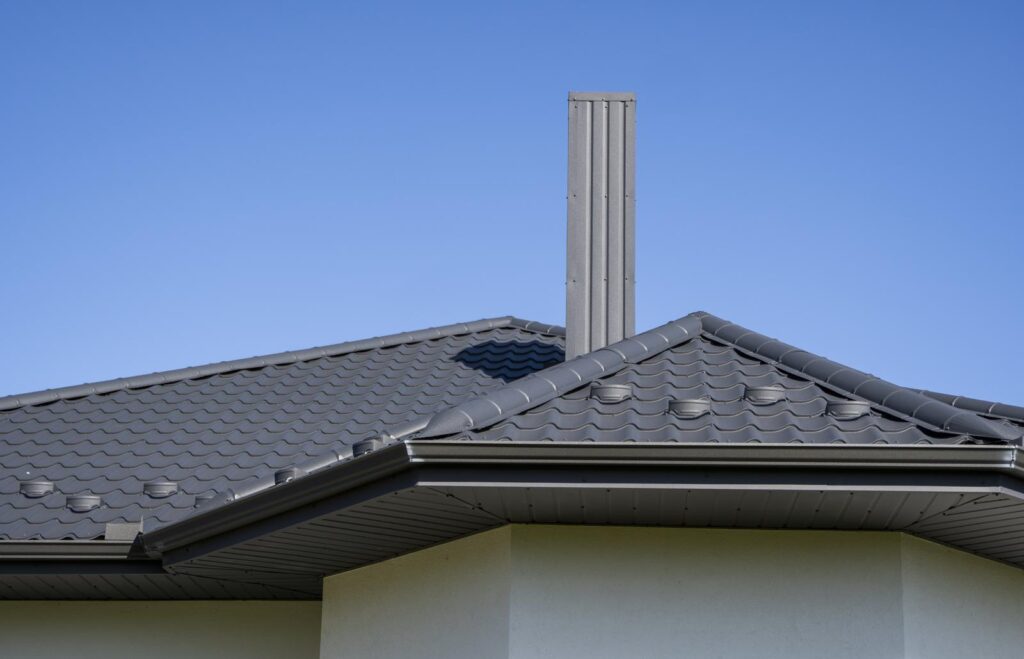Homeowners across Kerikeri and the Bay of Islands face a crucial decision when considering a roof replacement: selecting the most appropriate time of year to undertake this significant home improvement project. The timing of a roof replacement can substantially impact the project’s success, duration, and overall cost-effectiveness.
The Importance of Strategic Timing
Roof replacement represents one of the most substantial investments homeowners can make in maintaining and protecting their property. Understanding the strategic timing of this project can relieve the anxiety of multiple factors that determine its success and efficiency.
Weather conditions play a fundamental role in roofing projects. Extended periods of rain, high winds, or severe storms can halt the construction entirely, leading to project delays and potential complications. Additionally, extreme temperatures affect both the installation process and the performance of roofing materials during application.
Skilled roofing professionals work more efficiently under favourable conditions. Moderate temperatures and dry weather create safer working environments, resulting in higher-quality installations and a lower risk of workplace accidents. These optimal conditions also allow roofing materials to settle and cure properly, ensuring maximum durability and performance.
Understanding New Zealand’s Climate Patterns
New Zealand’s diverse climate zones require careful consideration when planning roof replacement projects. The northern regions typically experience subtropical conditions, characterised by warm, humid summers and milder winters, while the southern areas face more variable weather patterns, with cooler temperatures and increased precipitation.
Summer Considerations (December – February)
The warmer months offer us extended daylight hours and generally drier conditions, making them much more attractive for construction projects. However, these advantages come with increased demand for roofing services, potentially leading to longer wait times as well as higher costs. Additionally, extreme heat can make working conditions challenging and may affect certain roofing materials during the installation process.
Autumn Benefits (March – May)
Many construction professionals consider autumn the optimal season for roof replacement. The weather typically stabilises after summer’s heat, providing consistent conditions without the challenges of winter’s precipitation. Temperatures become more manageable for both workers and materials, while daylight hours remain sufficient for productive work schedules.
Winter Challenges (June – August)
Winter presents the most significant obstacles for roof replacement projects. Increased rainfall, shorter daylight hours, and unpredictable weather patterns can cause substantial delays. However, urgent repairs or replacements may still be necessary during this period, particularly when existing roof damage poses immediate risks to the property.
Spring Opportunities (September – November)
Spring offers a balanced approach to roof replacement timing. As weather conditions improve and temperatures moderate, roofing projects can proceed with fewer weather-related interruptions. This season also allows homeowners to complete roof replacement before summer’s peak demand period.

Identifying the Optimal Replacement Window
For most homeowners, autumn and spring emerge as the most favourable seasons for having a roof replacement. These transitional periods provide several advantages that contribute to successful project completion.
The moderate temperatures characteristic of these seasons create ideal working conditions. Roofing materials perform optimally during installation, and workers can then maintain consistent productivity throughout the projects timeline. Weather patterns tend to be more predictable, reducing the likelihood of unexpected delays.
Cost considerations also favour these seasons. With lower demand compared to summer months, homeowners may find more competitive pricing and greater flexibility in scheduling. Roofing contractors typically have more availability, allowing for better communication and project management.
Recognising When Timing Becomes Secondary
While seasonal considerations are important, the condition of your existing roof ultimately determines the replacement urgency. Homeowners should prioritise immediate action when they observe:
- Persistent water infiltration or visible ceiling stains
- Damaged, missing, or deteriorating roofing materials
- Structural sagging or visible deformation
- Escalating repair costs indicate systemic failure
Delaying necessary roof replacement to wait for ideal weather conditions can result in more extensive damage to the home’s structure, insulation, and interior components. The cost of addressing these secondary damages often exceeds any savings achieved by waiting for optimal timing.
Preparation Strategies for Any Season
Regardless of the chosen replacement timeline, proper preparation ensures smoother project execution. Homeowners should begin planning several months in advance, particularly during peak demand periods.
This includes securing qualified contractors early in the planning process, considering their family’s schedule, and clearing the work area of vehicles, outdoor furniture, and valuable items.
Securing qualified contractors early in the planning process provides greater scheduling flexibility and often results in better pricing. Homeowners should also consider their family’s schedule, planning around significant events or busy periods when construction noise and disruption would be most problematic.
Property preparation involves clearing the work area of vehicles, outdoor furniture, and valuable items. This preparation not only protects belongings but also ensures safe, efficient access for roofing crews.

Regional Climate Considerations
New Zealand’s geographic diversity means optimal timing can vary significantly between regions. Coastal areas face different challenges than inland properties, with salt air corrosion and higher humidity levels affecting material selection and installation timing. Understanding these regional climate considerations can help homeowners make more informed decisions about their roof replacement.
For instance, northern regions with subtropical climates may find broader windows of opportunity for roof replacement, while southern areas with more variable weather patterns require more precise timing considerations. Local weather patterns and historical climate data provide valuable guidance for planning replacement projects.
Making the Final Decision
The best time for installnig a roof replacement balances the weather considerations with the roof’s current condition as well as the homeowner’s specific circumstances. While autumn and spring generally offer the best combination of favourable conditions and reasonable costs, urgent replacement needs should not be postponed due to seasonal preferences.
A professional roof assessment will provide crucial information for timing decisions. Qualified contractors can evaluate the roof’s current condition and recommend whether replacement can be safely delayed or requires immediate attention, regardless of seasonal factors.
A successful roof replacement ultimately depends on combining appropriate timing with quality materials, skilled installation, and of course, proper planning. By understanding the relationship between New Zealand’s climate patterns and the roofing project requirements, homeowners can make much more informed decisions that protect their investment and make sure of long-term satisfaction with their new roof.
The key lies in balancing ideal conditions with the practical necessity, making sure that roof replacement occurs at the optimal intersection of weather, availability, and urgent need. This strategic approach maximises the project’s success while minimising disruption and cost.


